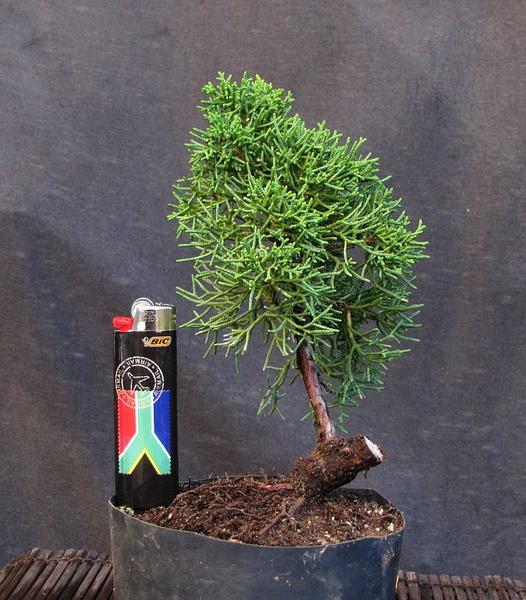AlainK
Imperial Masterpiece
I had a small Chinese juniper from cutting that a friend gave to me. it was just a thin, straight trunk with new shoots on the sides. No photos of it at this stage.
In 2014, I decided to re-plant it slanting in the same pot, use the bottom branch for a future "mame" or "shohin", and air-layer the rest. So I secured a wire around the branch that I wanted to air-layer, and in May 2015:
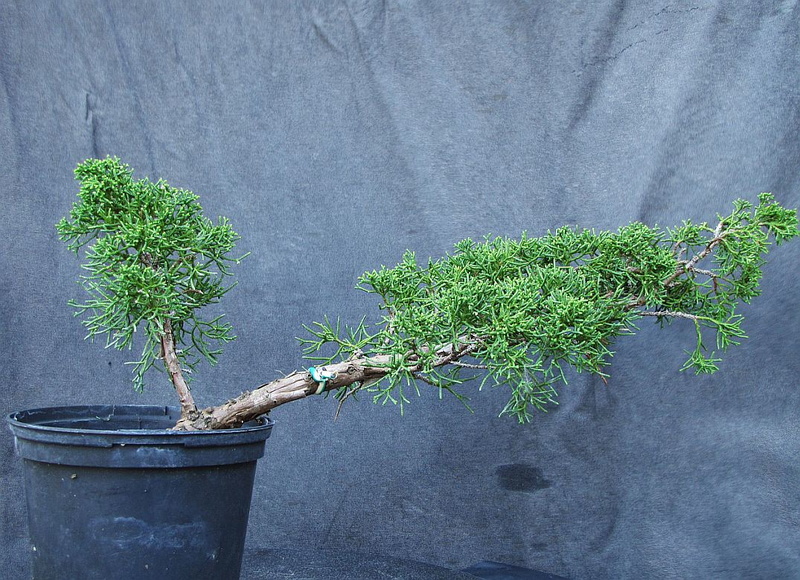

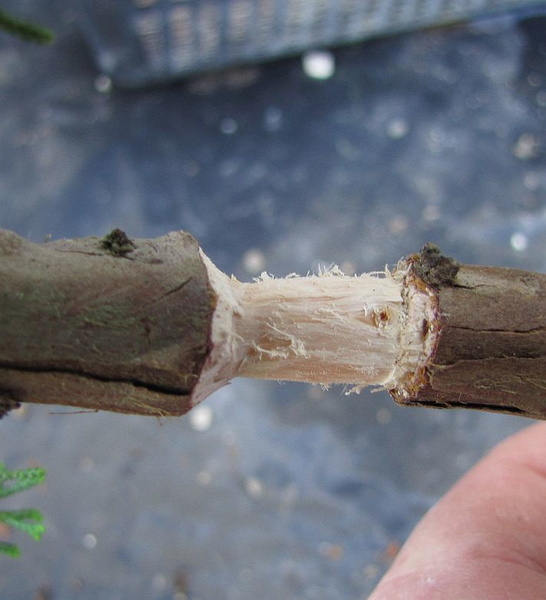
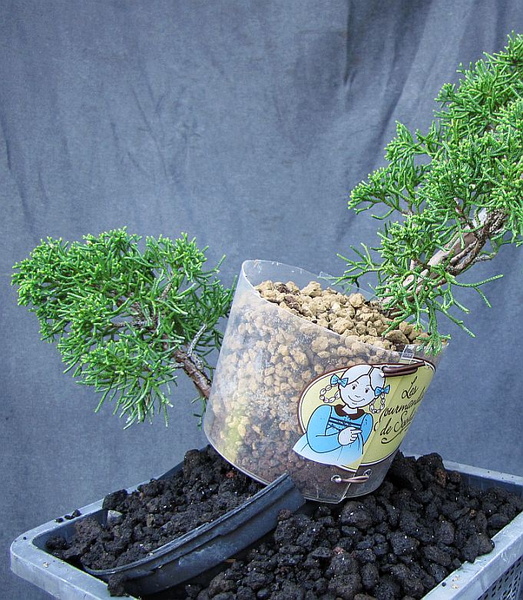
August 2016. I had put the lot in a larger container with coares pozzolane to mat it more stable and keep some humidity around.


The roots just went out on one side, in spite of my turning the tree regularly. So I refreshed the cut and applied some hormone on it before repotting it:
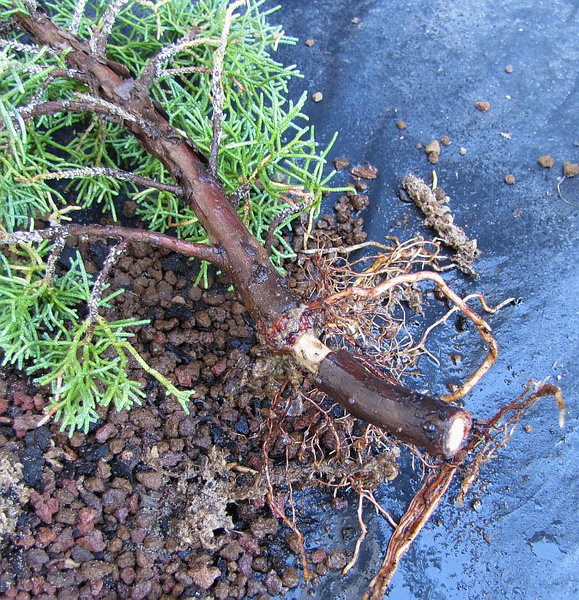

This is about how the whole thing looked like when my friend gave me a cutting, a bit thinner though.
And I still have the base for a "mame"
In 2014, I decided to re-plant it slanting in the same pot, use the bottom branch for a future "mame" or "shohin", and air-layer the rest. So I secured a wire around the branch that I wanted to air-layer, and in May 2015:




August 2016. I had put the lot in a larger container with coares pozzolane to mat it more stable and keep some humidity around.


The roots just went out on one side, in spite of my turning the tree regularly. So I refreshed the cut and applied some hormone on it before repotting it:


This is about how the whole thing looked like when my friend gave me a cutting, a bit thinner though.
And I still have the base for a "mame"
Last edited:

